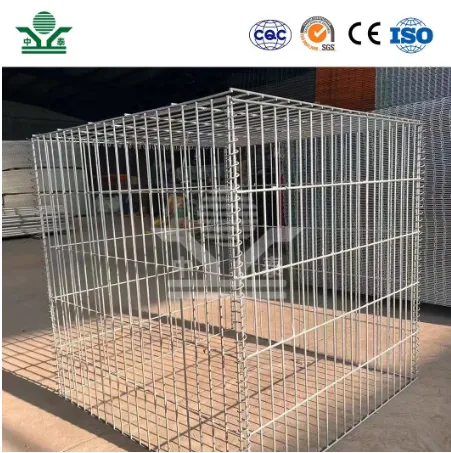Understanding the Cost of Acoustic Fences A Detailed Guide
In today’s increasingly urbanized world, noise pollution has become a significant concern for many homeowners and businesses alike. As a solution to this issue, acoustic fences have gained popularity for their ability to reduce sound levels from nearby roads, construction sites, and other external noise sources. However, potential buyers often wonder about the costs involved in installing an acoustic fence. In this article, we will explore the factors affecting the cost of acoustic fences, the types available, and the benefits they offer.
What is an Acoustic Fence?
An acoustic fence is a specialized type of fencing designed to absorb and block sound, making it an effective barrier against noise pollution. These fences are typically constructed from materials such as wood, vinyl, and concrete, with additional soundproofing elements incorporated into their design. Acoustic fences can significantly reduce sound transmission, providing a quieter and more peaceful environment.
Factors Affecting the Cost of Acoustic Fences
1. Material Choice The type of material used in the construction of the fence is one of the most significant factors influencing cost. Wooden acoustic fences tend to be more affordable, while vinyl and concrete options are typically pricier due to their durability and effectiveness in soundproofing. Additionally, composite materials can be used, which may offer a balance between cost, aesthetics, and performance.
2. Height and Length The dimensions of the fence play a crucial role in determining its overall cost. A taller and longer fence will require more materials and labor, increasing the total price. Most acoustic fences range from 6 to 10 feet in height, and the larger the project, the more expensive it will be.
3. Installation Costs While some homeowners may attempt a DIY installation to save money, professional installation is often recommended for acoustic fences to ensure maximum effectiveness. Labor costs can vary significantly based on the complexity of the installation, regional labor rates, and the expertise of the contractors involved.
4. Location and Site Conditions The location of the installation site can impact costs as well. If the fence is being installed on uneven terrain or in an area with difficult access, additional preparation work may be required, leading to increased labor costs. Furthermore, local zoning laws and regulations may necessitate permits, which can add to the overall expense.
acoustic fence cost

5. Design and Customization Acoustic fences can be customized to match the aesthetics of a property. While this customization can enhance the visual appeal, it can also increase the cost. Decorative elements, color finishes, and unique shapes may all contribute to higher expenses.
Average Costs
On average, the cost of installing an acoustic fence can range from $30 to $100 per linear foot, depending on the above factors. For a straightforward installation of a wooden acoustic fence in a standard residential setting, homeowners can expect to pay anywhere from $2,000 to $5,000. Higher-end materials and complex designs could push this cost upwards of $10,000.
Benefits of Acoustic Fences
Beyond their cost, acoustic fences offer a myriad of benefits
- Noise Reduction The primary purpose of these fences is to reduce unwanted noise, making residential areas and outdoor spaces more enjoyable. - Enhanced Privacy Acoustic fences also serve as traditional privacy fences, providing homeowners with a secluded outdoor environment. - Increased Property Value A well-installed acoustic fence can enhance property value, particularly in noisy neighborhoods where potential buyers appreciate the extra soundproofing. - Aesthetic Appeal With various designs and finishes available, acoustic fences can complement the landscape and architecture of a property.
Conclusion
Investing in an acoustic fence can be a wise decision for homeowners and businesses looking to combat noise pollution effectively. While the costs can vary widely based on materials, installation, and site conditions, the long-term benefits of noise reduction, increased privacy, and enhanced property value often outweigh the initial expenses. By understanding these factors, you can make an informed decision on the right acoustic fence for your needs and budget.
-
The Best Metal Mesh Solutions: Expanded Aluminum Metal vs. Expanded Stainless Steel Metal
NewsSep.10,2024
-
Round Perforated Sheets vs. Hexagonal Perforated Sheets vs. Embossed Perforated Sheet Metal
NewsSep.10,2024
-
Perforated Metal Sheets
NewsSep.10,2024
-
Experience The Excellence Of Stainless Steel Grating
NewsSep.10,2024
-
Discover the Versatility Of Metal Mesh Expanded Forming Machines
NewsSep.10,2024
-
Discover The Advantages Of Steel Grating For Sale
NewsSep.10,2024
Subscribe now!
Stay up to date with the latest on Fry Steeland industry news.

